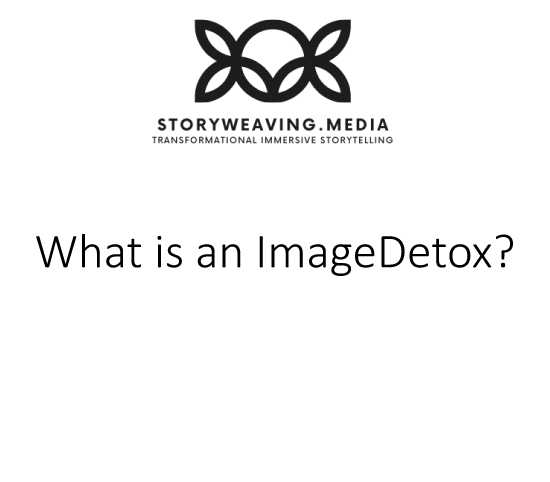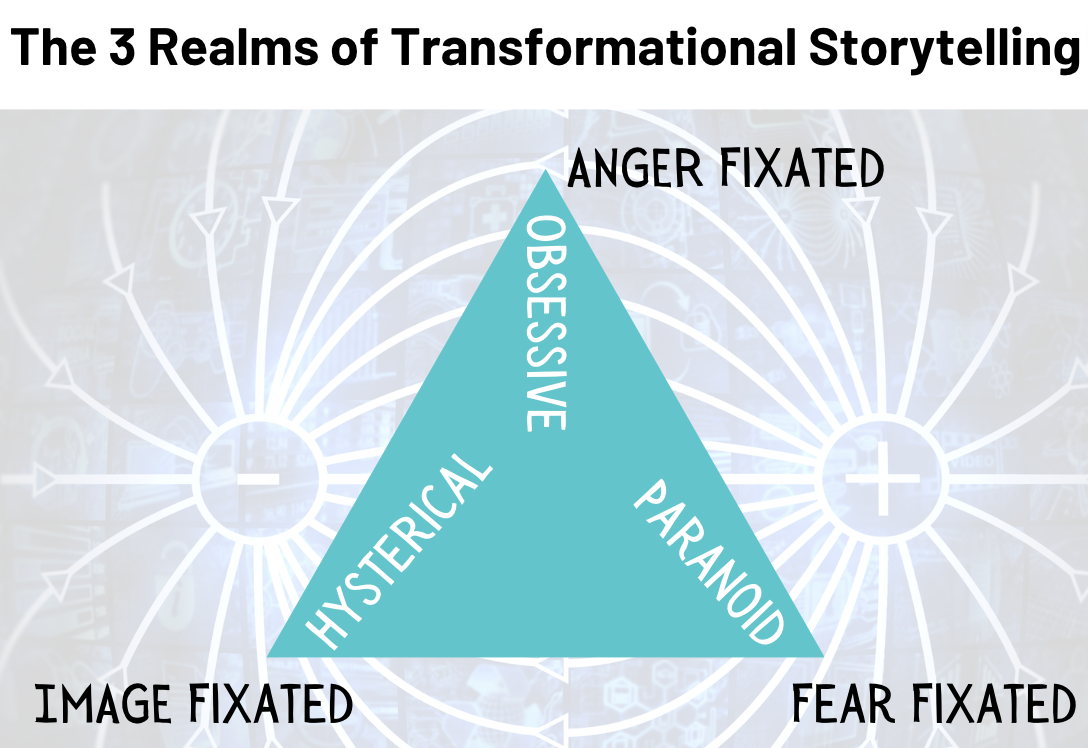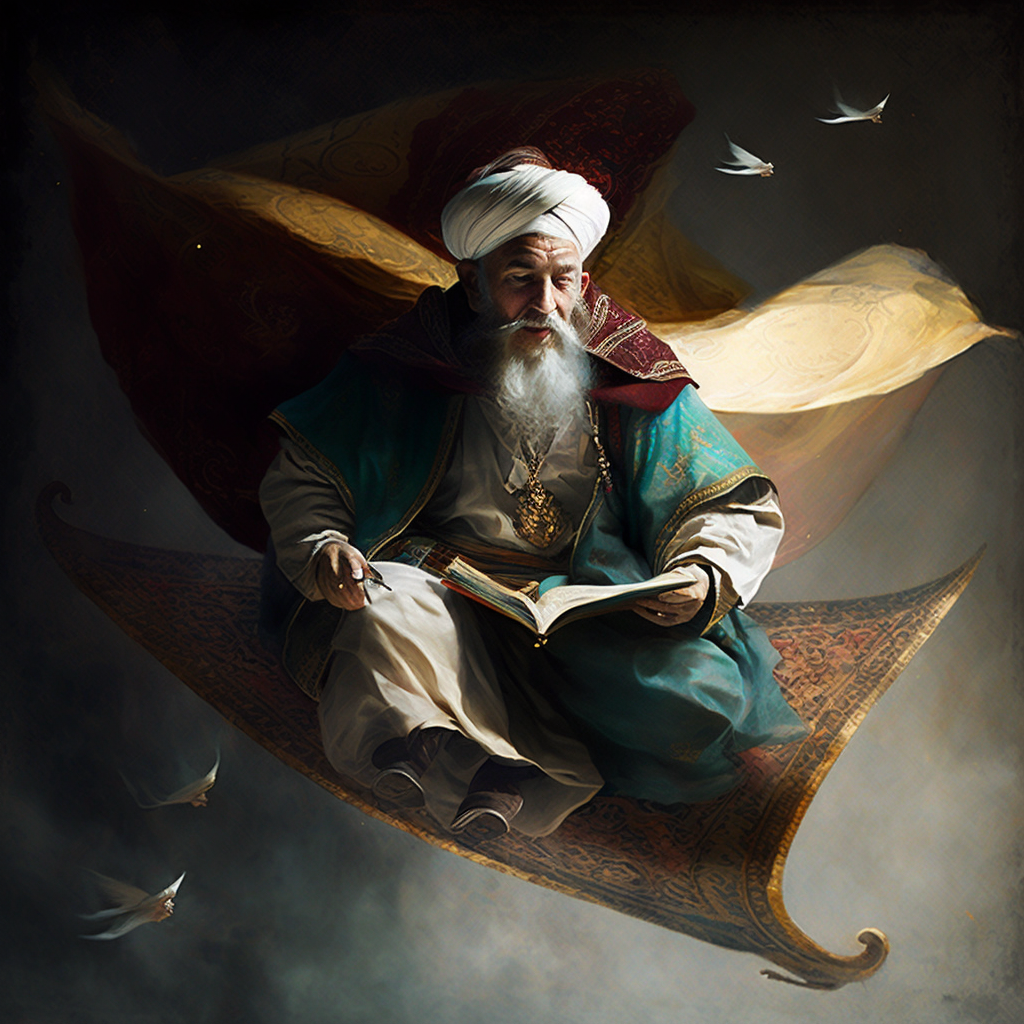Mainstream Story Consulting vs The Storyweaving Strategy
Mainstream Story Consulting vs The Storyweaving Strategy
A wise person is also known as a Seer because they can deeply See, amongst other things the hidden motivations. If a writer is writing from a place of self-importance, neediness, self-pity, and deficiency, it greatly behooves the writer to be informed of this and to become aware of their blind spots. Not to be told how to write, but to be told about themselves so that writing from a place of more integrity and power becomes the obvious choice.
In the Western world, we’ve forgotten the purpose of stories. Stories are for transferring wisdom. Transferring wisdom means the transfer of knowledge of the self. A good story is designed to help the audience to know themselves better. A wise person is someone who knows themselves. Most writers don’t know themselves and so their writing tends to be flaccid, weak, and not very impactful for the audience. A powerful story requires wisdom.
A story that is meant to make a significant impact on an audience requires that the writer have access to power. If a writer doesn’t have access to power, the best they can do is analysis. This is not authentic writing, this is manipulation based on self-importance, where most writers are coming from when they write.
No amount of writing analysis is going to transfer knowledge of the self to an audience. This has nothing to do with moral support, this is an issue of being faced with the harsh truth of our blind spots as writers.
It can be extremely uncomfortable to be confronted with our blind spots, and most people are not willing to do so. Knowledge of the Self is the difference between a good writer and an astonishing writer.
The True Purpose of Stories
The Storyweaving Course
The course is now available!
Learn more by going to the homepage for the link: www.story.energy
Intent in Stories
The act of Storytelling is ultimately just a manipulation of Intent.
Intent, unlike intentions, is the funneling of energy beyond the realm of the mind.
For example, if you were to witness someone telling a story in an incomprehensible foreign language, the intent they’re able to manipulate is easier to perceive because we don’t get caught up in the words.
If we cannot See Intent, we do not know what we are manipulating.
When an audience participates in a Storytelling experience, they are trusting that the storyteller has done their homework and understands what they are conveying.
Audiences are playing the more receptive role, while the storyteller is acting more as the provider.
This more receptive role is more innocent and naive. This means that they don’t know what they don’t know. And it’s not their job.
They don’t know if they’re being roped into the unresolved issues from the author’s childhood.
They don’t know if the author is using their own self-pity to appeal to their emotional body.
They don’t know if the author’s usage of Intent is conscious or unconscious, and so it’s become a rare and “lucky” find to come across truly great stories.
This is also why producers are constantly on the lookout for high-quality stories because typically they are completely contrived as they are coming from unconscious agendas.
So, the Storyweaving revolution was just begging to be born. It could change the entertainment industry completely.
Storyweaving is nurturing the nurturers, birthing the birthers, and cultivating the cultivators.
This is big.
Joshua
The Quality of Seeing
Magical Re-framing Effects
What is an ImageDetox?
 Since the time we are young, we are fed images and stories which play a major part in the development of our identities.
Since the time we are young, we are fed images and stories which play a major part in the development of our identities.
I remember seeing “Aladin” and “The Lion King” and applying these stories to my own life as if they had really happened to me.
I remember seeing “Saved by The Bell” and “Are you afraid of the dark?” and “The Simpsons” and inside myself, I related to the characters in these shows as if they were my real-life friends. Friends who I had some connection with, but they didn’t even know I existed.
These types of relationships (especially featuring less than ideal role models and one-way connections) train children with subconscious misunderstandings and false assumptions. For example, this may be one of the major contributing factors which cause children to confuse admiration for love. Thinking later in life that they must become famous in order to become lovable.
Additionally, usually as we get older we are exposed to more horror movies and images of carnage. In the information age, not only is helpful information more widely accessible but so is extremely unhelpful and grotesque imagery. We would never normally be exposed to these types of unnaturally violent scenes, and it has become increasingly easy to be exposed to an ever-growing array of catastrophic imagery that our nervous systems do not know how to handle and process.
Coming to terms with this exposure can greatly help us in coming back to our true creative essence. We have to know what needs to be cleared in order to clear it from our nervous systems.
In order to know what to do with this visual information as we hunt it down inside of ourselves, we must have a general understanding of the mechanics of how stories affect us positively and negatively. This is a significant conversation and is something that is all going into the ImageDetox course – step 1 of 4 in the Storyweaving Strategy. We call this step “Discover Basic Assumptions” because without this internal investigation it is very easy and very common to express our creativity through these invisible filters. When doing so, we are unable to see the subtle motives and messaging driving all of our decisions and this gets infused into our work.
Not everyone notices or cares about these limits on creative expression – but if you’re here you’ve probably noticed and become curious about what’s under the hood.
New Storyweaving YouTube Series
Hey Storytellers!
I am creating a new series of videos designed to help Immersive Storytellers tell deeper and more impactful stories. Would love to hear if this video is helpful for you, and I am taking topic requests too.
Take care,
Joshua







